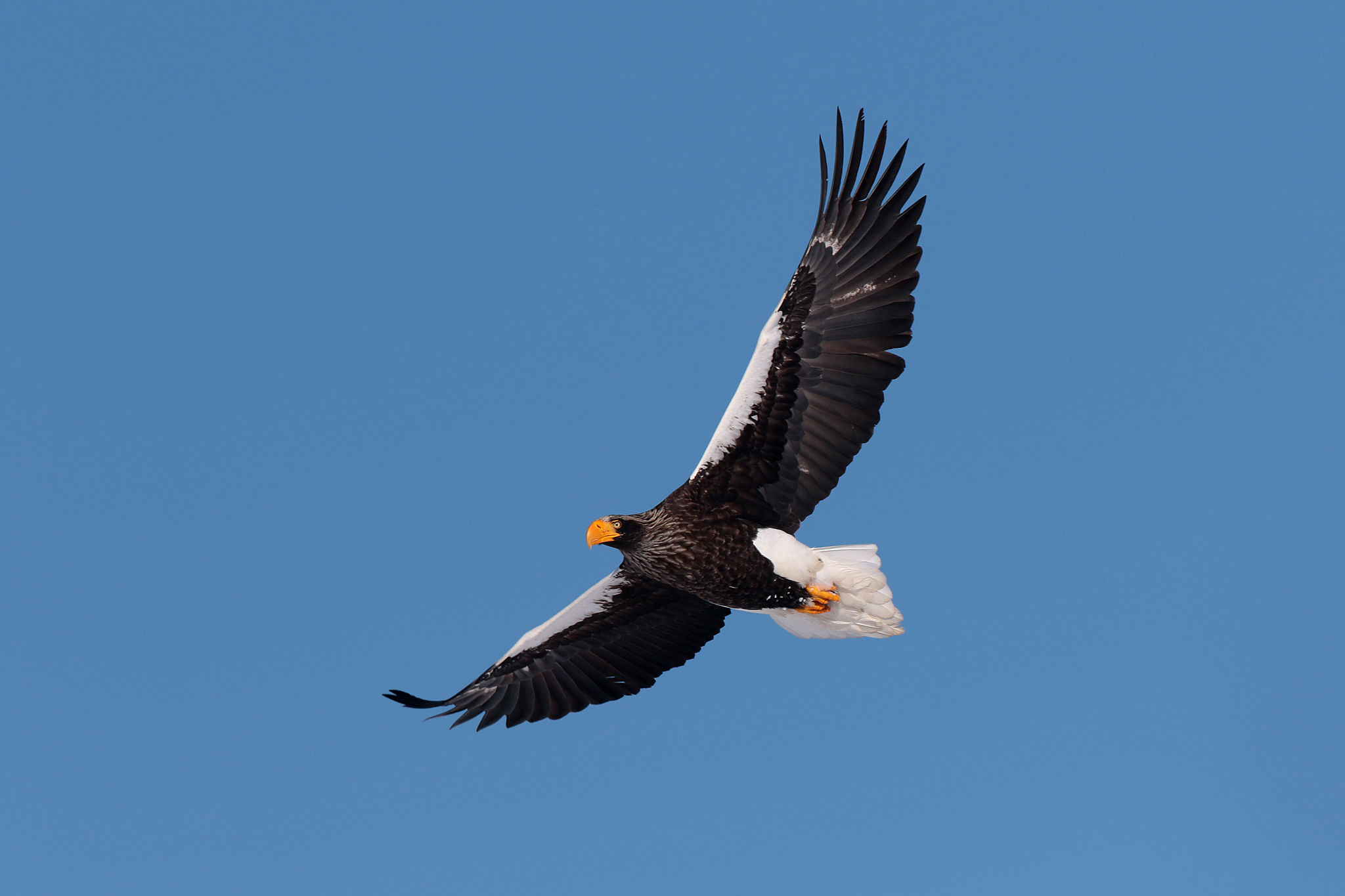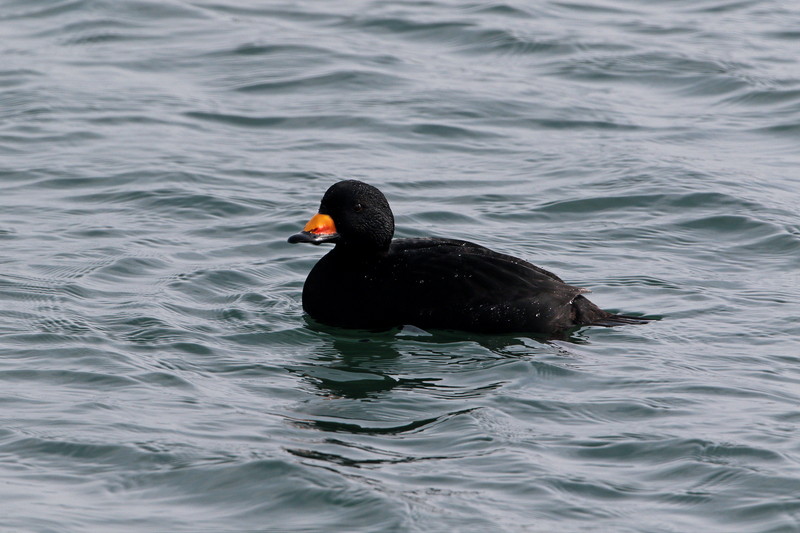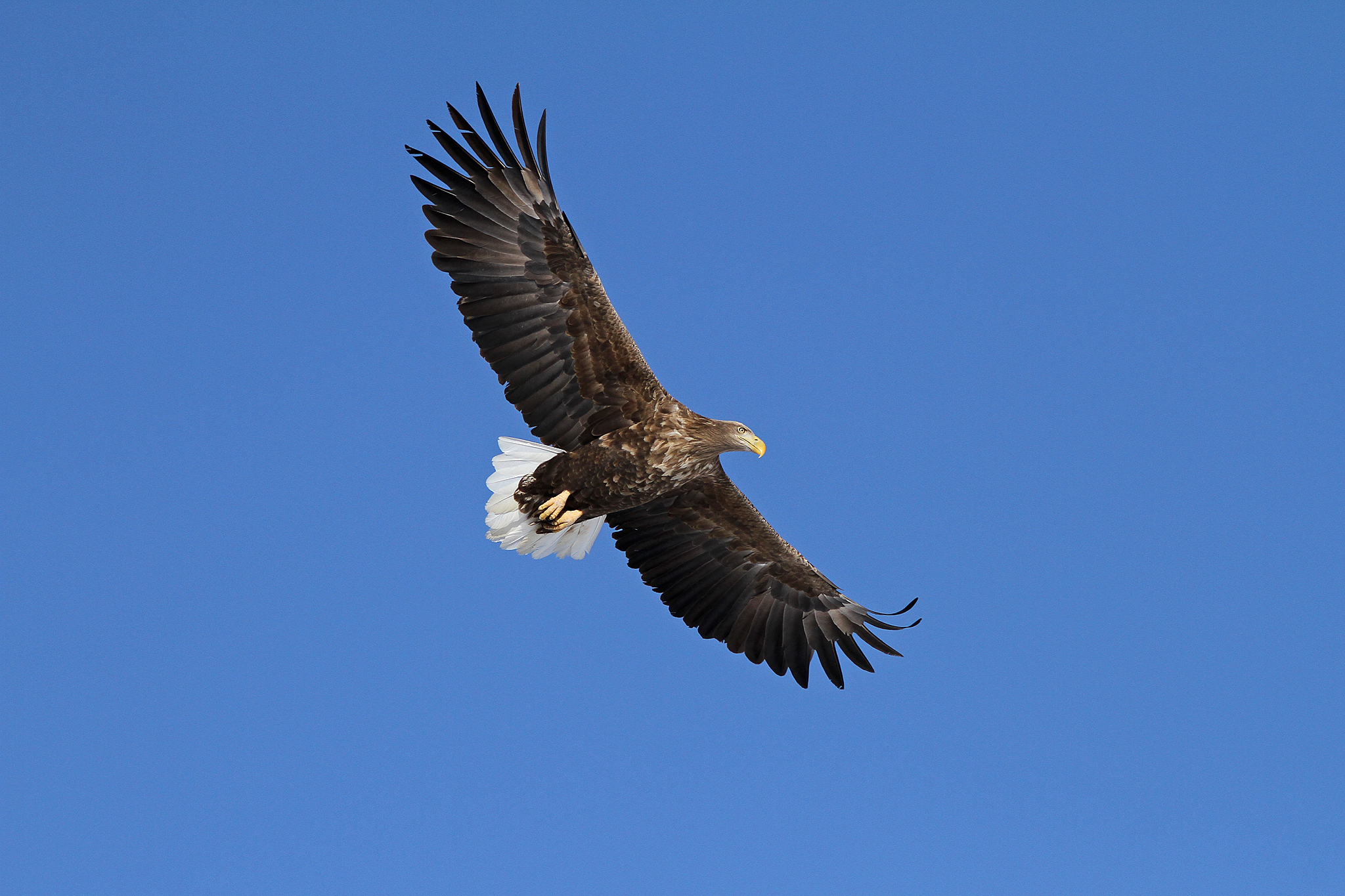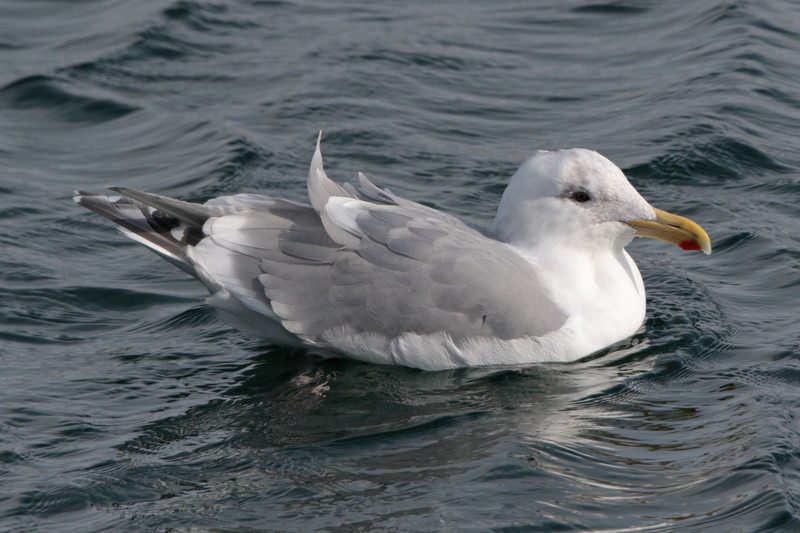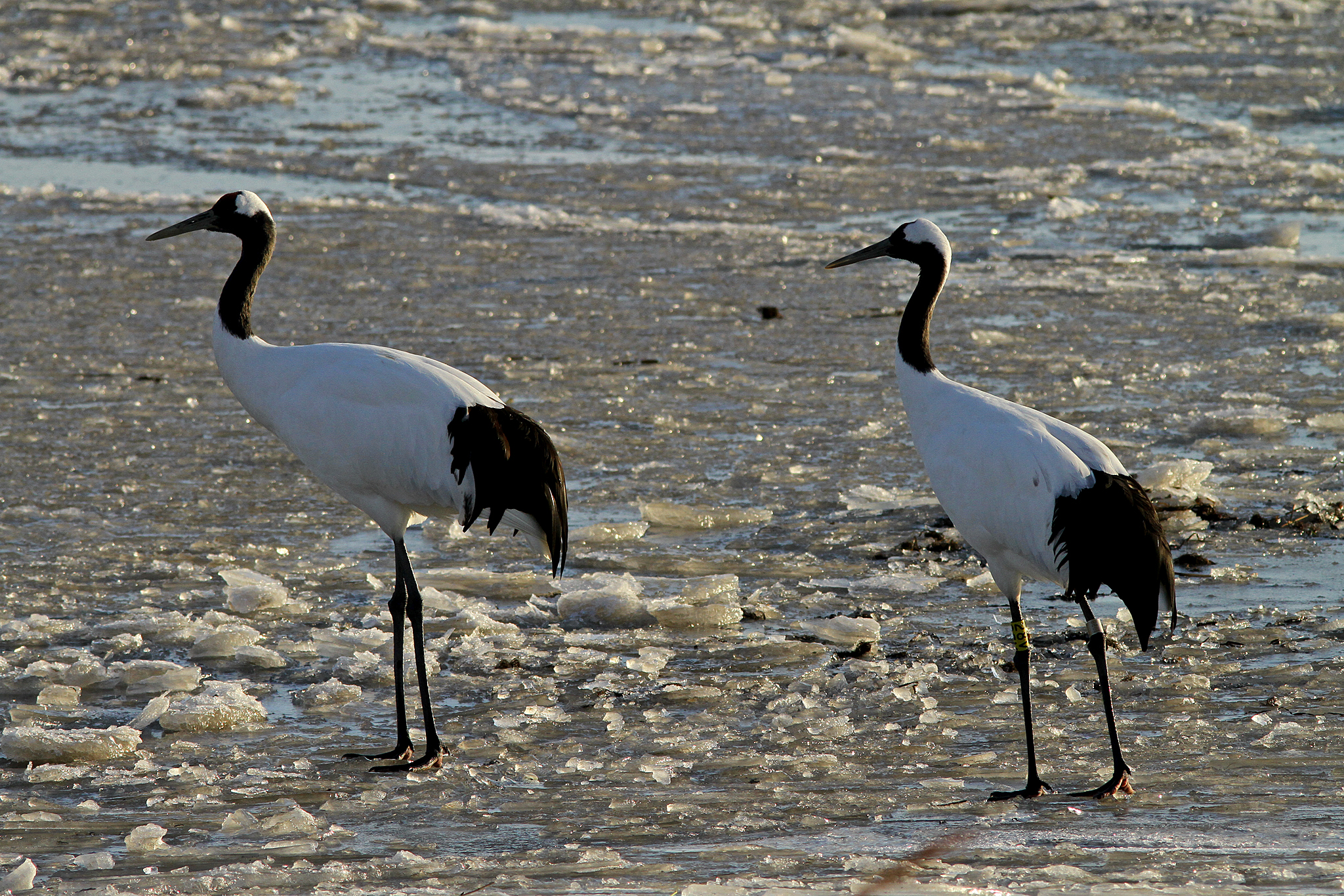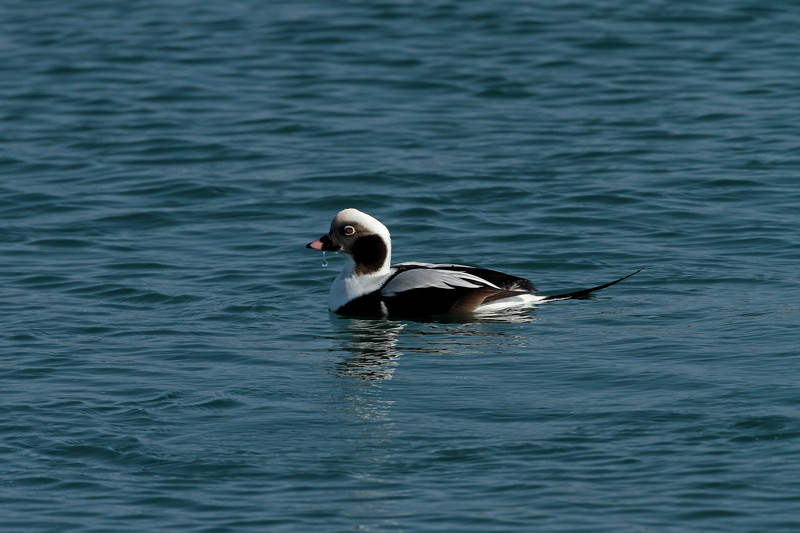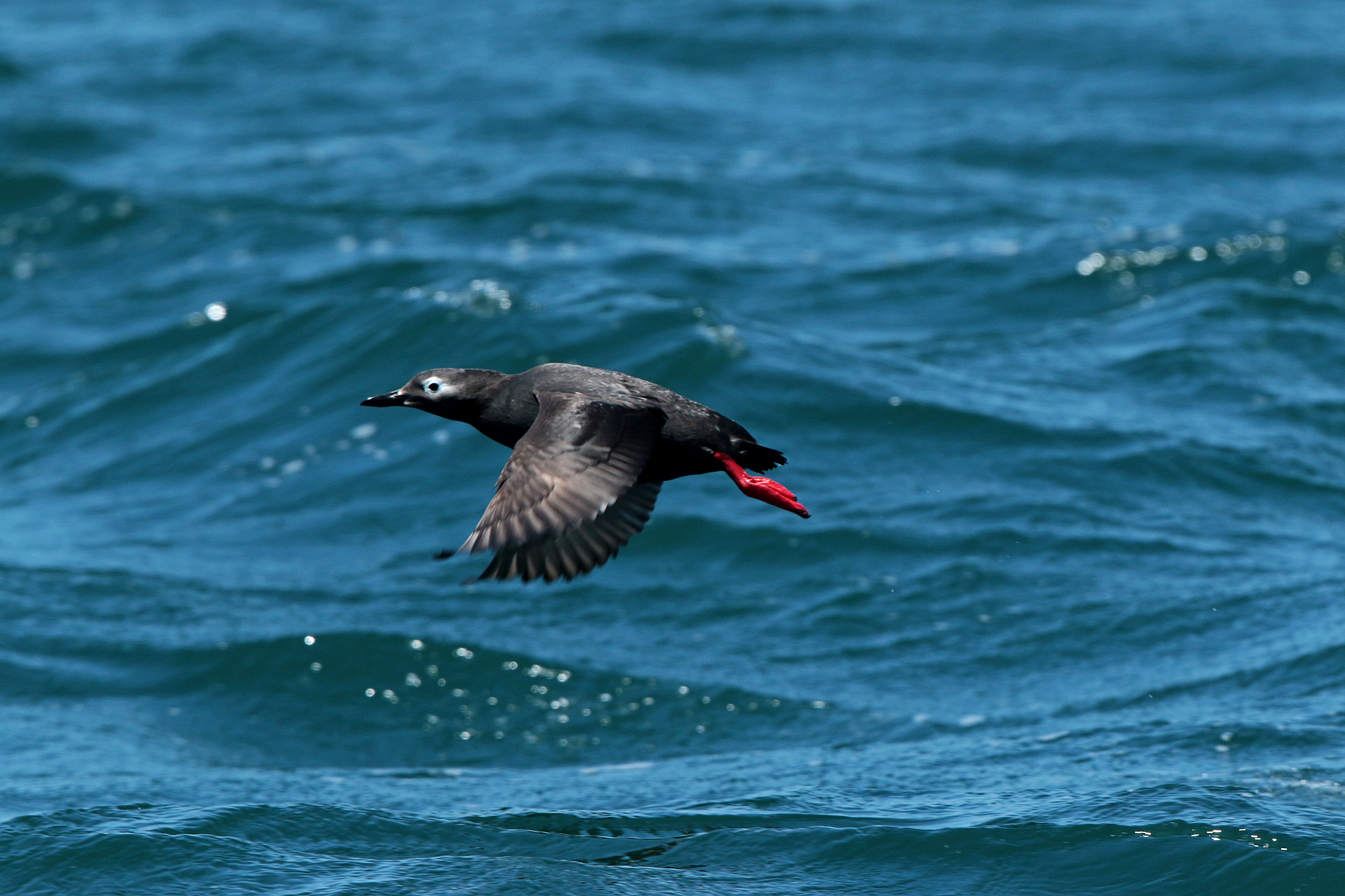Overview of Birding Coordination Desk
Wild bird tourism in the eastern Hokkaido area has gained popularity among core birders, mainly among Westerners and Australians, but it still has great potential. In order to promote more fulfilling wild bird tourism in East Hokkaido, we are responsible for inquiries from travel agencies, the media, and the general public, regardless of whether they are in Japan or overseas, and we are committed to providing highly satisfying guidance. We will open a wild bird sightseeing coordination desk for the purpose.
Service contents

For travel agencies
- Guide introduction and arrangement cooperation at the time of tour operation
- Support for creating bird watching tours
- Provision of image materials necessary for publication of pamphlets
- Providing information on wild birds that can be observed in the area
- Providing information on transportation, accommodation, meals, etc.

For media
- Guide introduction and arrangement cooperation at the time of coverage
- Advice on planning support and production
- Providing image materials necessary for article production
- Providing information on wild birds that can be observed in the area
- Providing information on transportation, accommodation, meals, etc.
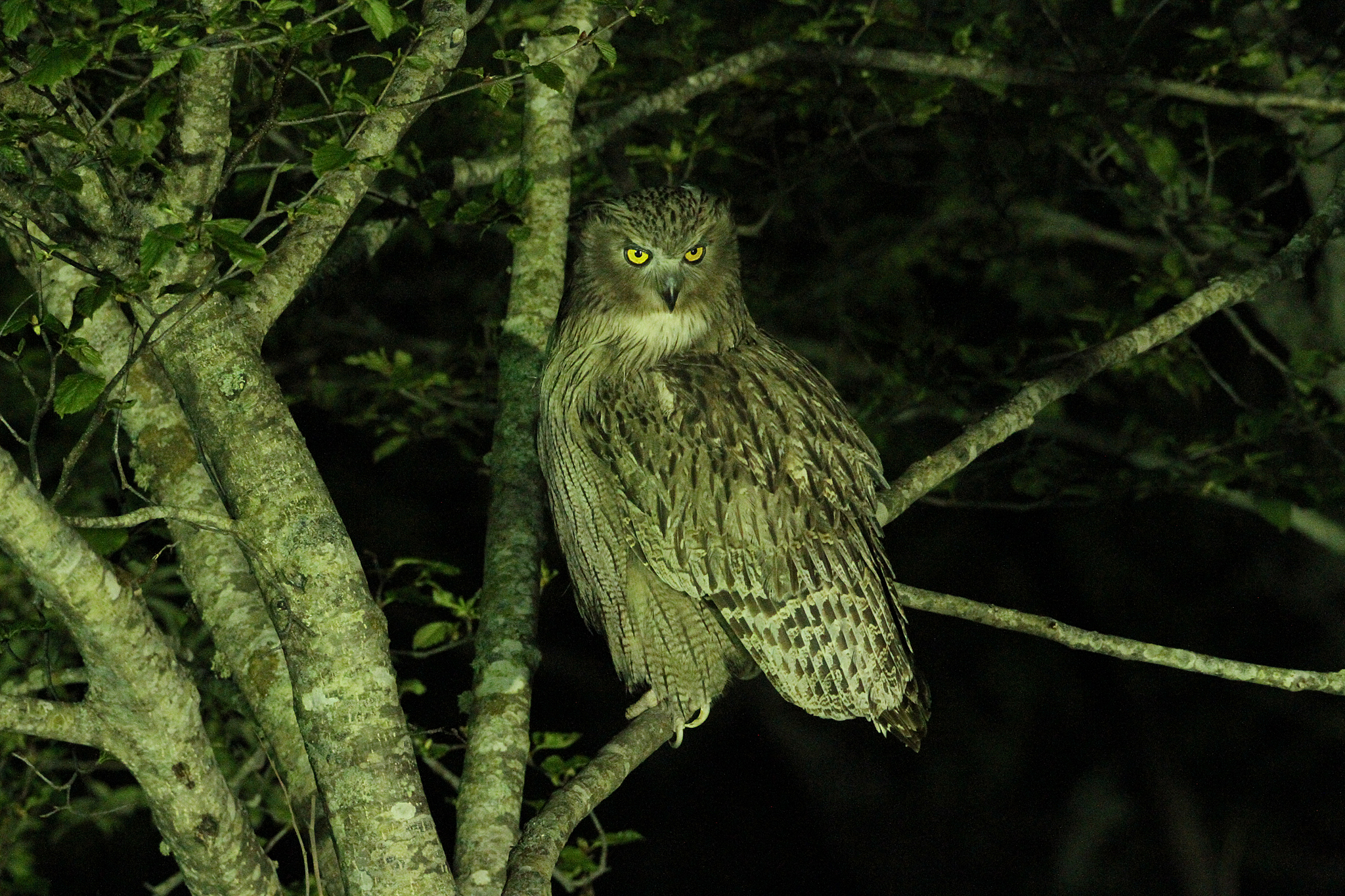
For general public
- Guide introduction and arrangement cooperation at the time of visit
- Providing information on wild birds that can be observed in the area
- Providing information on transportation, accommodation, meals, etc.
Use coordination service
To use the service, please send an e-mail from the e-mail address below. A member who has a deep knowledge of wild bird sightseeing in the East Hokkaido area will guide you.
- When sending an email, please be sure to include your name, position (travel agency/media/general), and question.
- Basically, we will respond to text-based correspondence by e-mail.
- We will reply to you after confirming your email. If you do not receive a reply, please contact us again.
- Supported languages are Japanese and English.
What is Far East Birding?
Welcome to Japan’s No. 1 Wild Bird Paradise!
The Nemuro and Kushiro region is located in the eastern part of Hokkaido,Japan’s Northern Island.
More than 370 species of birds have been recorded in this region.
The list of species includes a number of iconic birds such as Red-crowned Crane, Blakiston’s Fish Owl and Steller’s Sea Eagle, but the list of interesting species goes on and on: White-tailed Eagle, Whooper Swan, Harlequin Duck,Long-tailed Duck, Black Scoter, White-winged Scoter, Temminck’s Cormorant,Red-faced Cormorant, Hazel Grouse, Latham’s Snipe, Brown Dipper,Spectacled Guillemot, Pigeon Guillemot, Ancient Murrelet, Rhinoceros Auklet,Tufted Puffin, Ural Owl, Short-eared Owl, Black Woodpecker, Grey-headed Woodpecker, White-backed Woodpecker, Japanese Robin, Siberian Rubythroat,Gray’s Warbler, Middendorff’s Grasshopper Warbler, Lanceolated Warbler,Asian Rosy Finch and so on.
There are three national parks in the region: Akan-Mashu NP, Kushiro-shitsugen NP, and Shiretoko NP. In July 2005, the Shiretoko area was designated as a World Natural Heritage. They are all very well worth visiting.
Eastern Hokkaido is embraced by the Sea of Okhotsk and the Pacific Ocean and the land is rich in rivers, lakes, bays, mountains, volcanoes, forests, and wetlands. As a result, it has a very diverse natural environment.
In addition to these features, this region has many fishing ports where you can enjoy watching hundreds of gulls, ducks and wintering sea eagles very easily.
You can also enjoy bird-watching cruises all year round and whale-watching cruises in summer; these are operated from several of these fishing ports.
Seabird-watching cruises in the Nemuro area and eagle-watching cruises from Rausu are highlights of visits to this region.You can enjoy watching a range of guillemots, auklets, shearwaters, sea-ducks, divers, skuas, and albatrosses in the Nemuro area in summer or winter, while watching or photographing eagles on sea-ice off Rausu in February has become world famous.
Watching or photographing Red-crowned Cranes is another excellen experience.
Visit the Otowa Bridge in Tsurui Village very early on winter mornings to see the cranes leaving their overnight roost-it’s a spectacular experience. You can watch the cranes resting or dancing in the mist rising from the river.
The best seasons for bird-watching in this region are the periods between late January and early March for winter birds and between mid-June and early August for summer birds. You need at least 4-5 days for watching or photographing,but if you really want to enjoy the region’s birds, staying for one week is recommendable.
There is a great range of accommodations in the area, which includes reasonable Japanese-style inns, B&B, and western style hotels. You can enjoy Japanese style meals throughout the region, but for those who do not enjoy Japanese cuisine, western-style meals are available in most of the towns. In most of the inns and hotels, you can enjoy Japanese-style public hot-spring baths, which are wonderfully relaxing after a long day out in the field birdwatching. For those not interested in experiencing this traditional Japanese culture, western-style baths may also be available; it is best to make your intentions clear when you choose your accommodations.
Western-style rent-a-car service is available at each airport, and is quite reasonably priced. Driving around this area in summer is very pleasant, but driving on frozen winter roads is challenging and may be dangerous for beginners. Hiring an English-speaking bird-watching guide is recommended,and we have several that we can introduce you to. They can provide you not only with bird-watching guiding service, but will also drive for you and will be there to interpret the language and culture you experience during your stay.
